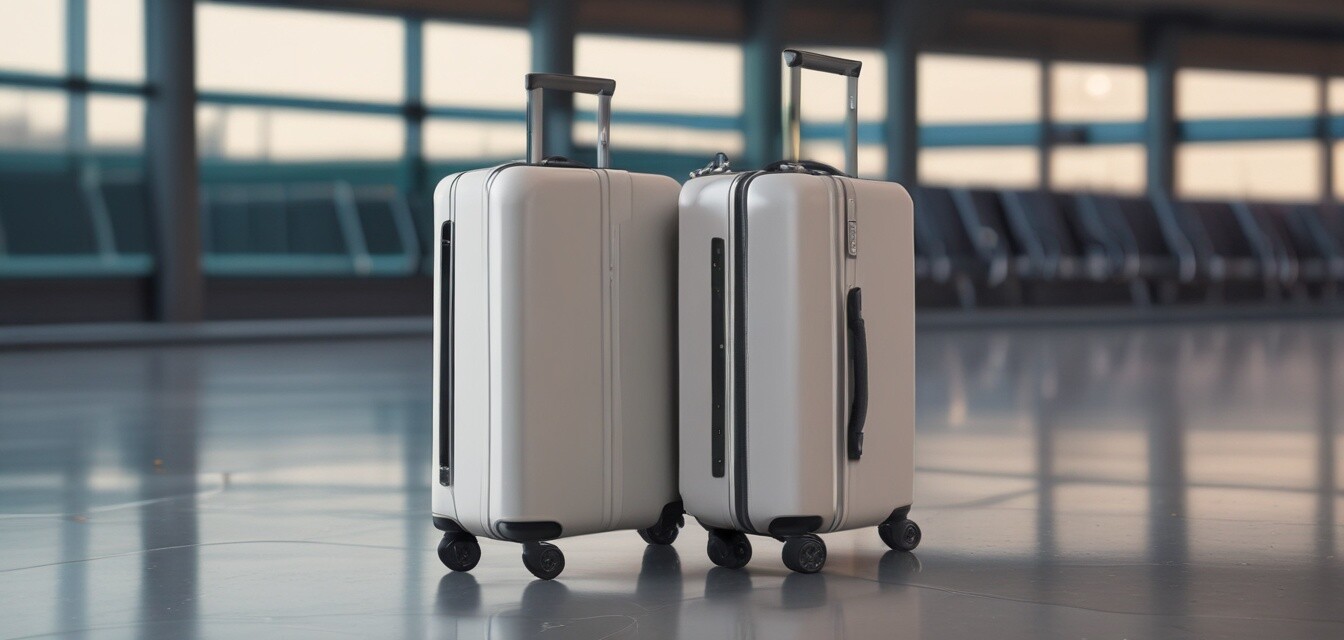
What You Need to Know About Charging Smart Luggage
- Smart luggage offers integrated charging solutions for your devices.
- Understanding the charging options and capabilities is essential for convenient travel.
- Power banks and charging ports vary between models and need regular maintenance.
- Always check with airline policies to ensure compliance with regulations.
- Proper care extends the life of your smart luggage and its electronic features.
In today's fast-paced world, staying connected while traveling is more important than ever. Smart luggage has revolutionized the way we transport our belongings, allowing us to charge our devices on the go. But with different charging options and features available, it’s essential to know what to look for when investing in smart luggage. In this article, we break down key aspects of charging smart luggage, ensuring you can travel with peace of mind and a fully powered phone.
Types of Charging Options in Smart Luggage
Smart luggage typically comes with two main types of charging features:
| Charging Option | Description |
|---|---|
| Integrated Power Bank | A built-in battery that allows you to charge your devices directly from the luggage. |
| External USB Ports | Ports that you can connect a power bank to, which usually need to be charged separately. |
Integrated Power Banks
Integrated power banks in smart luggage offer convenience by allowing users to charge their devices without the need for an additional power source. When utilizing this feature, consider the following:
- Charging capacity: The size of the power bank, usually measured in milliampere-hours (mAh), influences how many times you can charge your devices.
- Battery life: Check how long the power bank lasts when fully charged to avoid issues during travel.
- Compliance: Ensure that the luggage complies with airline regulations regarding battery usage.
External USB Ports
Smart luggage that features external USB ports commonly relies on users to provide their power banks. Here are some factors to consider:
- Compatibility: Make sure your power bank is compatible with the port type (USB-A, USB-C).
- Port accessibility: Ensure the ports are easily accessible for convenient charging while on the move.
- Power requirements: Check the output specifications of the ports to ensure they provide adequate charging speed for your devices.
Maintaining Your Smart Luggage Charging Features
Proper maintenance of your smart luggage helps keep its electronic features functional. Here are some essential tips:
- Regularly check for damage in charging ports and wires.
- Clean the ports to ensure optimal connectivity.
- Charge the power bank periodically even if it’s not in use to maintain battery life.
- Store the luggage in a dry environment to prevent moisture damage.
Understanding Airline Regulations
Before embarking on your travels, it’s crucial to familiarize yourself with airline regulations regarding smart luggage:
- Many airlines have restrictions on battery sizes. Typically, any lithium battery exceeding 100Wh is not allowed.
- Always check if your airline has a specific policy regarding the use of smart luggage with power banks.
- Notify airport security about your smart luggage to prevent delays during screening.
Conclusion
Charging smart luggage is a convenient solution for modern travelers wanting to stay connected on the go. Understanding the different charging options, maintaining your luggage's features, and complying with airline regulations are crucial steps to ensuring a hassle-free travel experience. For more travel tips, be sure to check out our [Travel Tips section](/blog/travel-tips) to enhance your travel experience.
Pros
- Convenience of charging devices on the go.
- Variety of charging options available for different needs.
- Improved connectivity and accessibility during travels.
Cons
- Regulations can vary between airlines and territories.
- Potential limitations on battery capacity.
- Dependence on battery maintenance for functionality.
Additional Resources
To further enhance your travel planning, check out our related articles: